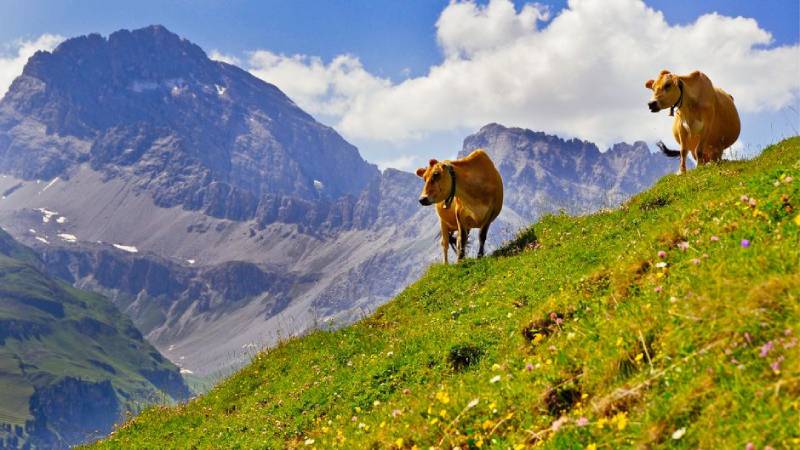According to the United Nations, the world is becoming increasingly urbanized, with more than half of the population now living in cities. Rural-urban migration and overall population growth are expected to add approximately 2.5 billion additional people to the urban population by 2050, and this trend is expected to continue. Much of this growth will be concentrated in Asia and Africa, particularly India, China and Nigeria. As a result, the share of rural populations will decline worldwide.
By definition, a rural area is a wide open area with few homes or people. The rural area is primarily agricultural, with many residents working on farms and ranches. Small communities such as hamlets, villages, and towns characterize these regions. The majority of the world’s poor people live in rural areas, and the majority make their living from agriculture. Increasing agricultural productivity is important to fighting poverty. Furthermore, increasing agricultural productivity is key to changing the economic structure.
Look at the World’s Top 5 Countries for the Highest Rural Population.
5. Bangladesh
Rural Population: 103,206,552
Bangladesh is the 8th most populous country in the world, accounting for almost 2.2% of the world’s population. Approximately 68.34% of the country’s population lives in rural areas. The country has approximately 87,000 villages, where almost 75% of the population lives. Most villages are located on lowlands surrounded by rivers and fields. About half of Bangladesh’s population is primarily engaged in agriculture, with over 70% of the country’s land area used for cultivation.
4. Indonesia
Rural population: 115,892,393
Indonesia is located in Southeast Asia and has a rural population that accounts for 42.07% of the total population. About 29% of the country’s workforce is employed in the agricultural sector, which contributes 13.7% of Indonesia’s GDP through primary agricultural production. Rice is the most important crop grown in Indonesia.
3. Pakistan
Rural population: 146,845,783
The Islamic Republic of Pakistan is a developing country in South Asia. Pakistan’s rural population is estimated to be 146,845,783 in 2022, an increase of 1.44% from the previous year. Pakistan is home to 64% of its rural population, whose livelihood and income depend primarily on agriculture. Pakistan’s major crops such as wheat, sugarcane, cotton and rice are the most important in terms of value, accounting for over 75% of the total crop yield.
2. China
Rural population: 514,596,570
The rural population of the People’s Republic of China accounts for less than half (approximately 45%) of China’s population. Almost 40% of China’s workforce works in agriculture. Currently, agricultural production accounts for about 9% of China’s GDP. Rice, wheat, and corn are the main crops, and together they account for more than 90% of the country’s total food production. China ranks second on the list of countries with the most rural populations in the world.
1. India
Rural Population: 908,804,812
India, a country in South Asia, is densely populated and largely rural. This country is the seventh largest country in the world by area, but more than two thirds (66%) of the population live in rural areas. Himachal Pradesh, Arunachal Pradesh, Odisha, Bihar and Uttar Pradesh are home to more than 80% of the rural population. Approximately 58% of India’s population depends on agriculture for their livelihood. The country is the second largest producer of wheat and rice, and one of the world’s largest producers of milk.
- Top 5 Health Insurance Stocks to Add to Your Portfolio - July 26, 2024
- 7 Reasons Edamame is Great for Your Health - July 26, 2024
- 2024 Paris Olympics: How Many US Athletes Are Competing? - July 26, 2024





